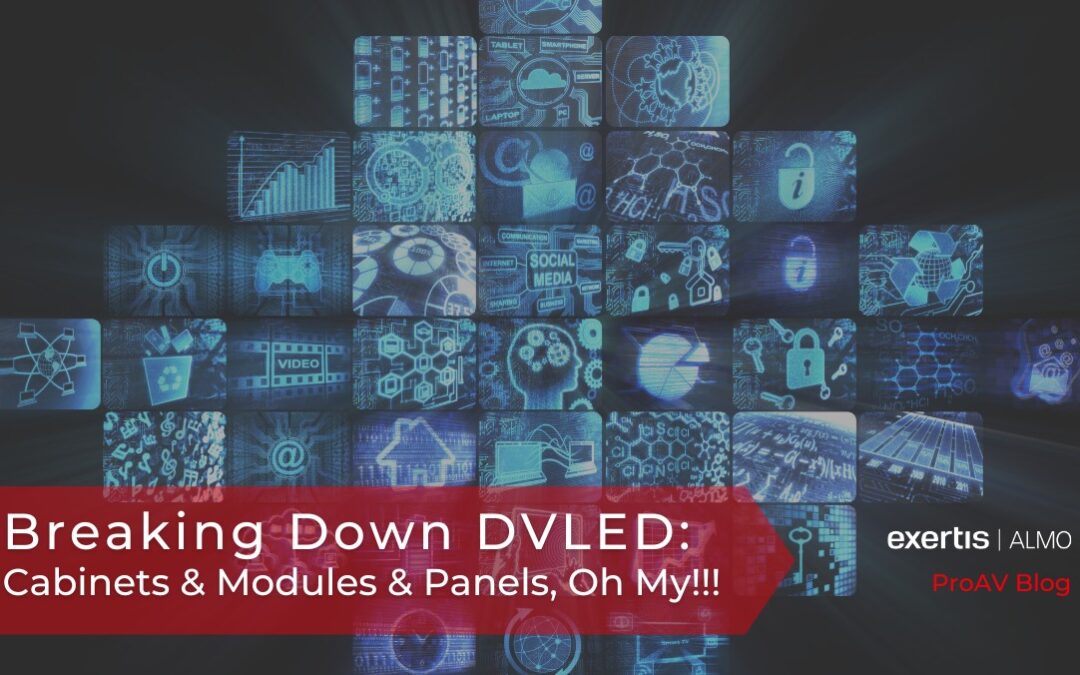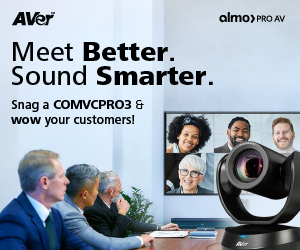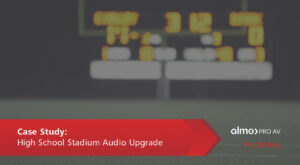Part 2: Cabinets and Modules and Panels, Oh My!!!
Topic: The anatomy of a DVLED video wall.
I didn’t sell DVLED video walls for a long time because I didn’t understand how to talk to customers about it.
My first formal training on DVLED was well over 10 years ago. What I remember most is how utterly confused I was walking away. It was a brand-new technology that was very expensive and promised to be the next wave in display technology. My expertise up to that point rested squarely within the confines of projectors and large flat panel LCD displays (LFD). I was comfortable in that world. I felt safe there! I certainly didn’t have the time to learn about a new technology that had hardly gotten off the ground floor.
Fast-forward to 2023 and DVLED is now KING of large format. If I’m not offering DLVED, I’m going to be left in the dust by my competition, and so are you! The good news is that DVLED is quite simple once you grasp a few simple concepts.
Whether you are a grizzled industry vet or a bright green newbie to the AV industry, my goal is to attempt to simplify the anatomy of a DVLED video wall and, hopefully, have you walk away with enough knowledge and tools to be semi-dangerous. If not dangerous, you should at least be able to carry a conversation with a prospective customer that is in the market for one of these exciting new video walls.
So, what is DVLED and how is it different?
Let’s start with the name! DVLED stands for Direct View Light Emitting Diode. You can google light emitting diode for technical information if you wish. For the purposes of this discussion, an LED is a tiny dot that lights up red, green ,and blue. When you put hundreds of thousands or millions of them together, they make a great, big, bright, colorful image.
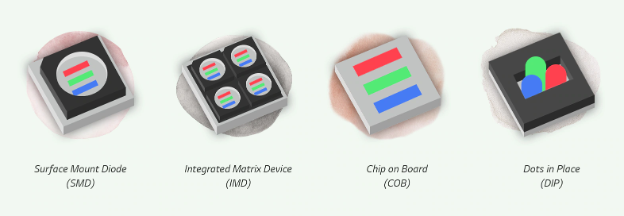
What is a Pixel Pitch?
In the world of projectors and LFD’s, we talk a lot about resolution (720p, 1080p, 4K, UXGA, etc.). From 30,000 feet, this tells us a lot about how well defined our picture will be. Basically, the higher the resolution, the more dots or “pixels” that make up the image. The more dots you have in the same relative area, the better the picture.
Pixel Pitch indicates how close together the dots will be. For example, an LED wall with a pixel pitch of 10 means there will be 10mm from center-to-center from one dot to the next. A pixel pitch of 2.5 is 2.5mm between dots and so on. As of this moment in 2023, many DVLED manufacturers are offering pixel pitches as “fine” as 0.7mm. To give you a point of reference, a 100 inch, 4K traditional LCD TV will give you an approximate pixel pitch of .45mm.
But I digress. The title of this blog is Modules and Cabinets and Panels, Oh My!!! So, what are these three things? Here is a simple formula to help:
Modules + Cabinet = Panel
Modules are the square or rectangular sections of LED’s that make up the picture and are generally affixed to the face of the cabinet with magnets.  The cabinet is the square or rectangular chassis that houses the electronics and provides structure to the wall. Each panel (modules + cabinet) is like a big, expensive Lego. The cabinet is the base-plate and the modules are the bricks. They can be linked together to form any size or shape. Just add your imagination and some modern video scaling technology.
The cabinet is the square or rectangular chassis that houses the electronics and provides structure to the wall. Each panel (modules + cabinet) is like a big, expensive Lego. The cabinet is the base-plate and the modules are the bricks. They can be linked together to form any size or shape. Just add your imagination and some modern video scaling technology.
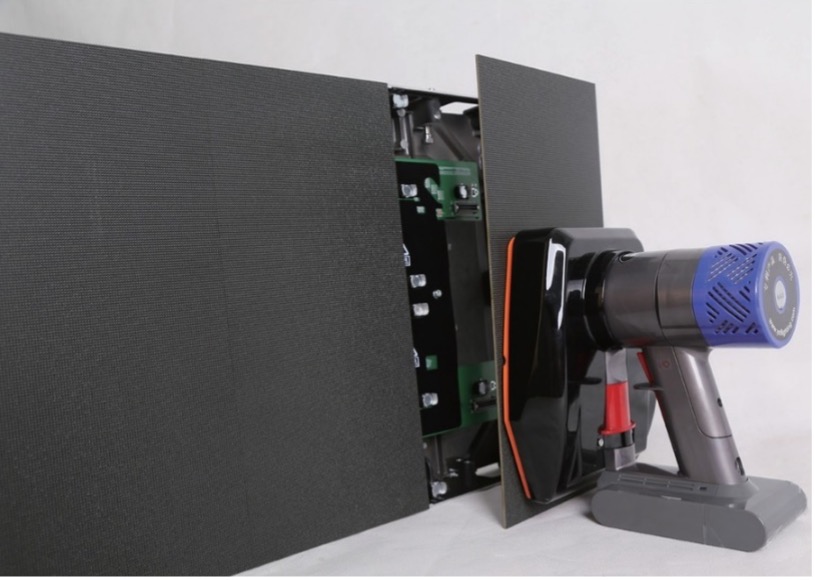
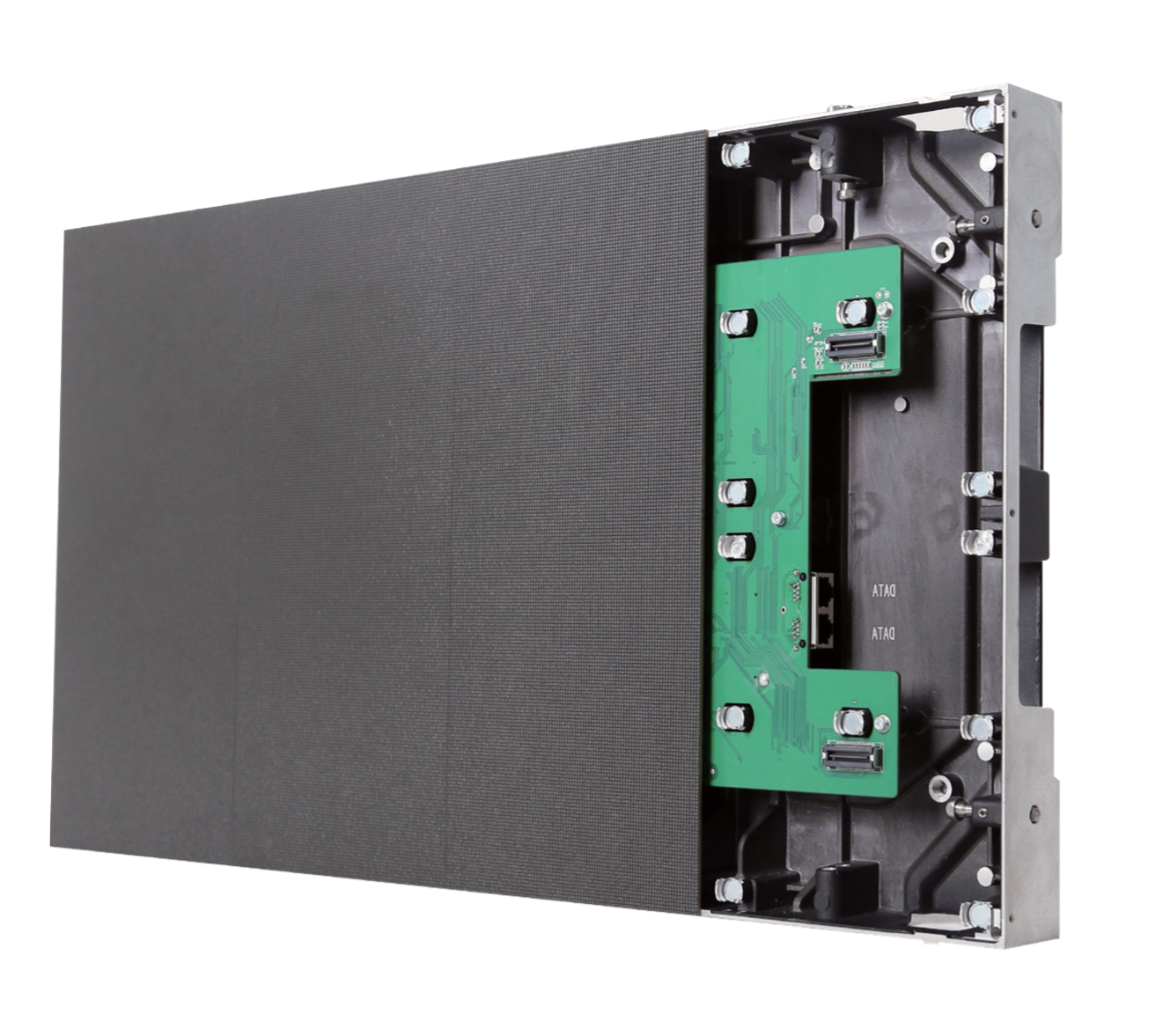
I sincerely hope this has information has helped you to understand the basic makeup of a DVLED video wall. Exertis-Almo offers a wide range of DVLED brands and I am the Business Development Manager for Absen USA, a world-class, leading manufacturer of DVLED video walls that has solutions for virtually any application. Feel free to drop me a note on LinkedIn or come out to see us at one of our upcoming E4 shows.
That’s all for now. Stay tuned for my next installment of Breaking Down DVLED:
Part 3: Perfect Pitch
Topic: The importance of selecting the right pixel pitch the first time
Part 4: The First Step in Installing a DVLED Video Wall is Admitting you Need Help
Topic: Commissioning Assistance and why it’s important
Part 5: First Things First
Topic: The importance of proper site prep and conducting a proper site survey
Check out my first installment if you haven’t already:
Part 1: Got Spares?
Topic: The importance of having spares when purchasing / commissioning a DVLED video wall.


